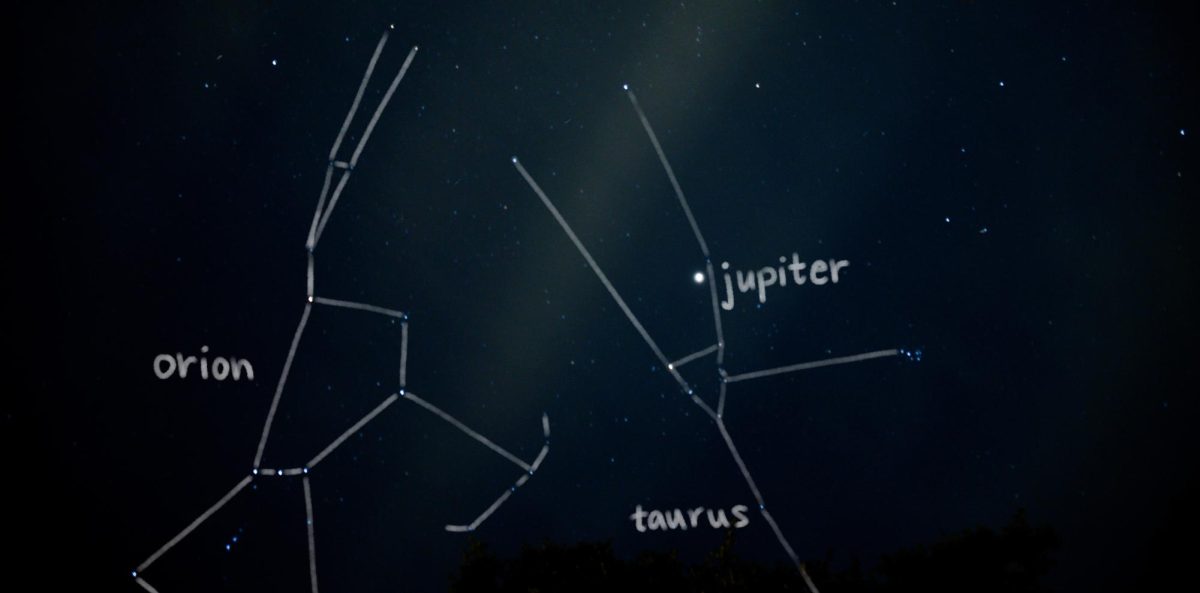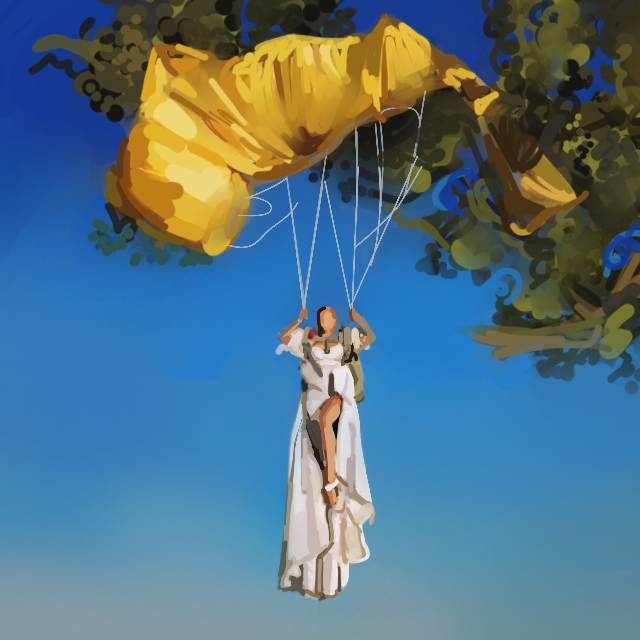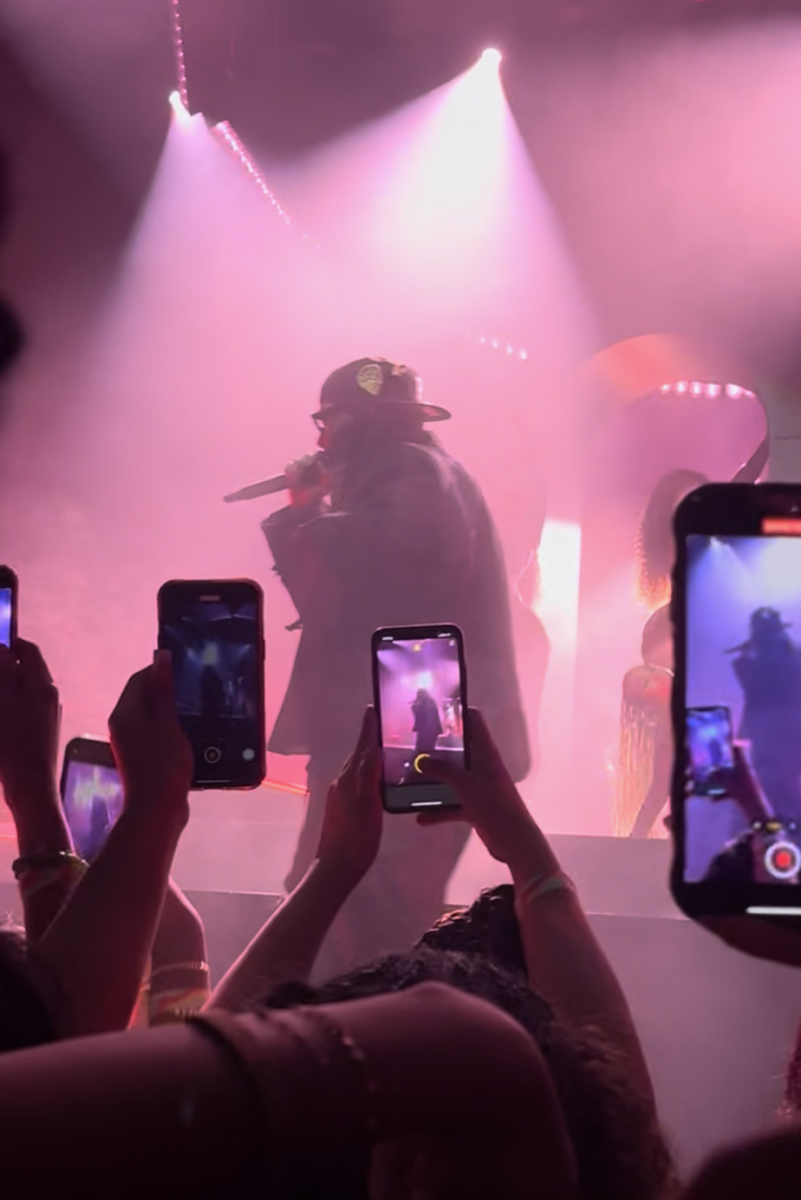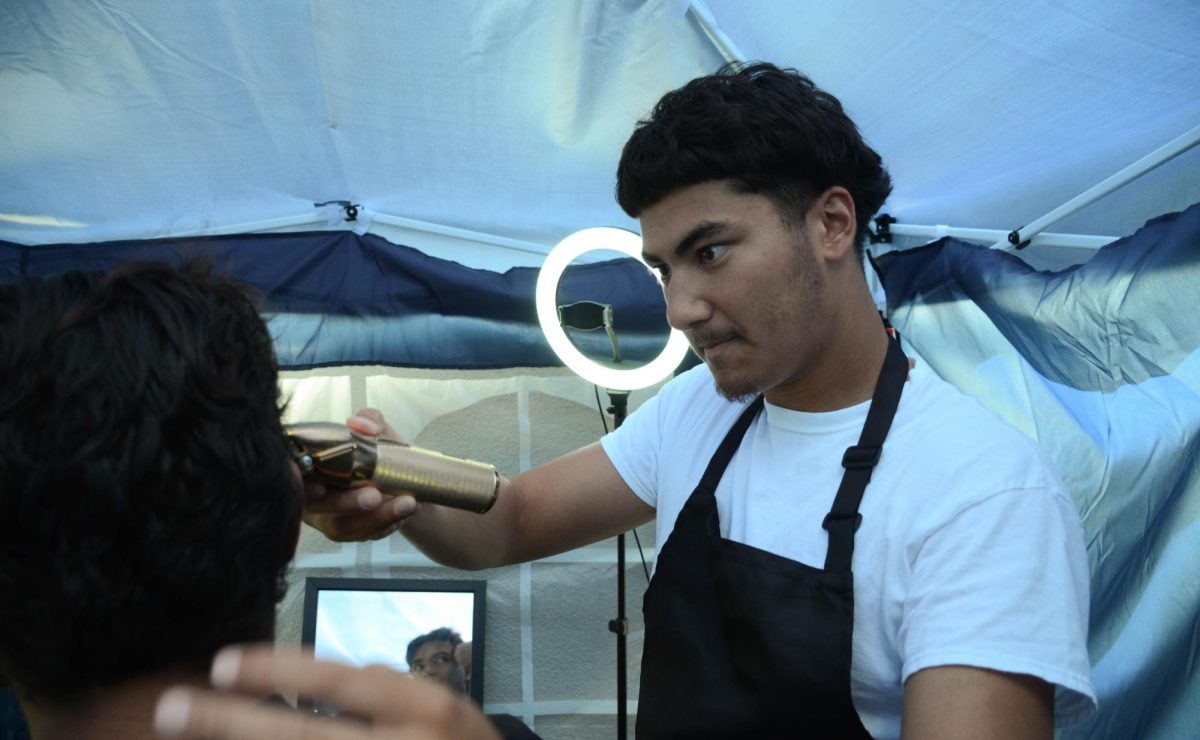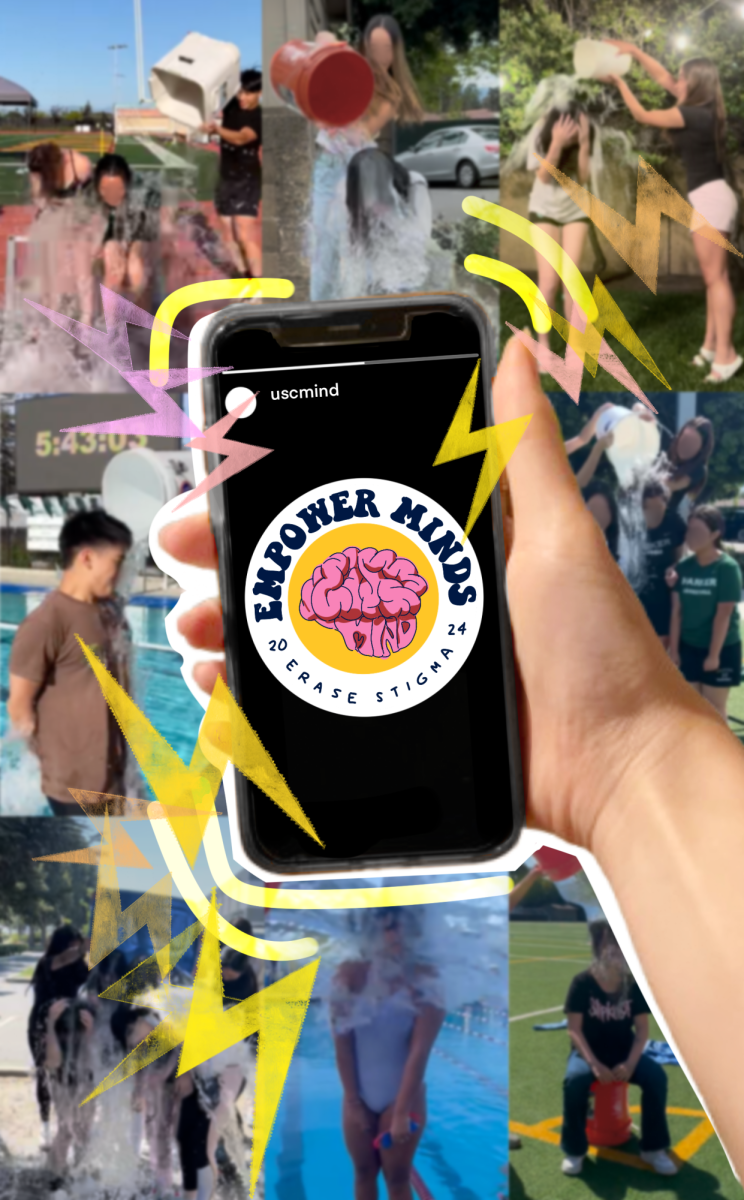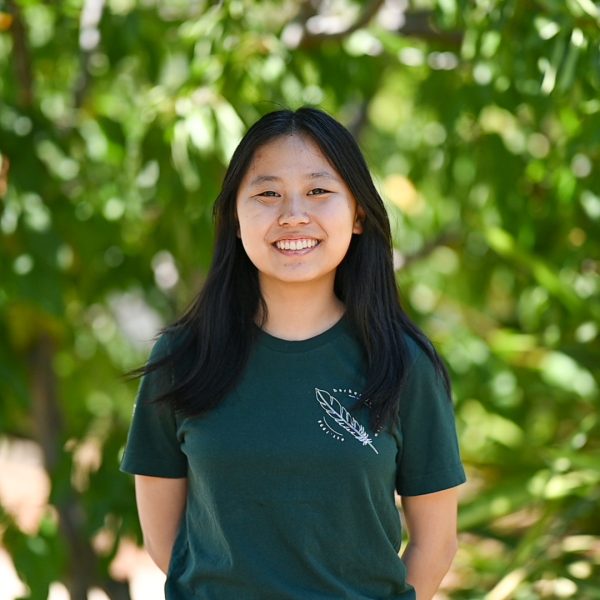In the hustle of everyday life, stargazing offers a source of tranquility. It’s not necessary to invest in telescopes or spend years studying astronomy either. Even for complete amateurs, searching the night sky can be endlessly rewarding. This is my guide to stargazing for beginners.
1. It’s generally possible to stargaze anywhere outside of the inner city, but it’s also nice to pick a location with less light pollution. Some decent sites in the San Jose area include Houge Park, Henry W. Coe State Park and my backyard. Before traveling, dress warmly and check the weather—try to choose a cloudless night.
2. Avoid any bright lights, like from a phone screen or flashlight. After 20 to 30 minutes in low light conditions, rhodopsin—a protein in the retina—will begin to enable night vision until it detects sufficient light again. To maintain good eyesight for stargazing, astronomers and stargazers use red-tinted lanterns and phone filters, since the long wavelength of red light does not trigger the neutralization of rhodopsin.
3. For maximum convenience, download a stargazing app on a phone or tablet. With augmented reality features, they can locate stars, constellations, and even satellites. I prefer “Sky Guide” for its user interface and simple, but comprehensive tracking of cool astronomical features. It’s also a good idea to check out stargazing books or physical sky maps.
4. Constellations are the puzzle pieces, the bread and butter, of the stargazing experience. Try star-hopping—using prominent constellations as references to look for certain stars. Constellations, asterisms (unofficial star patterns) and stars appear to move across the sky, depending on the season and an observer’s location on earth. During winter, observers in the Bay Area can see constellations like Orion, Gemini, Auriga, Taurus and Casseiopia. Most of them were named from ancient Middle Eastern, Greek and Roman tradition and come with their own stories and myths. For instance, Orion the hunter from Greek mythology, is never visible in the sky at the same time as his enemy, Scorpion.
5. Keep an eye out for some of the brightest objects to spot in the sky—planets. They follow predictable patterns of movement across the sky, but can only be seen at certain times of the year depending on factors like the earth’s rotation and the planets’ relative location around the sun. Uranus and Saturn require a telescope, but Venus, Jupiter and Mars are fairly easy to spot with the naked eye, even in light-polluted areas. Venus and Jupiter both shine brighter than most stars, and Mars glows with a distinctive bronze hue. Until mid-March, Venus will rise during sunset. Despite the light pollution near school, Venus can be seen just above the horizon even on campus.

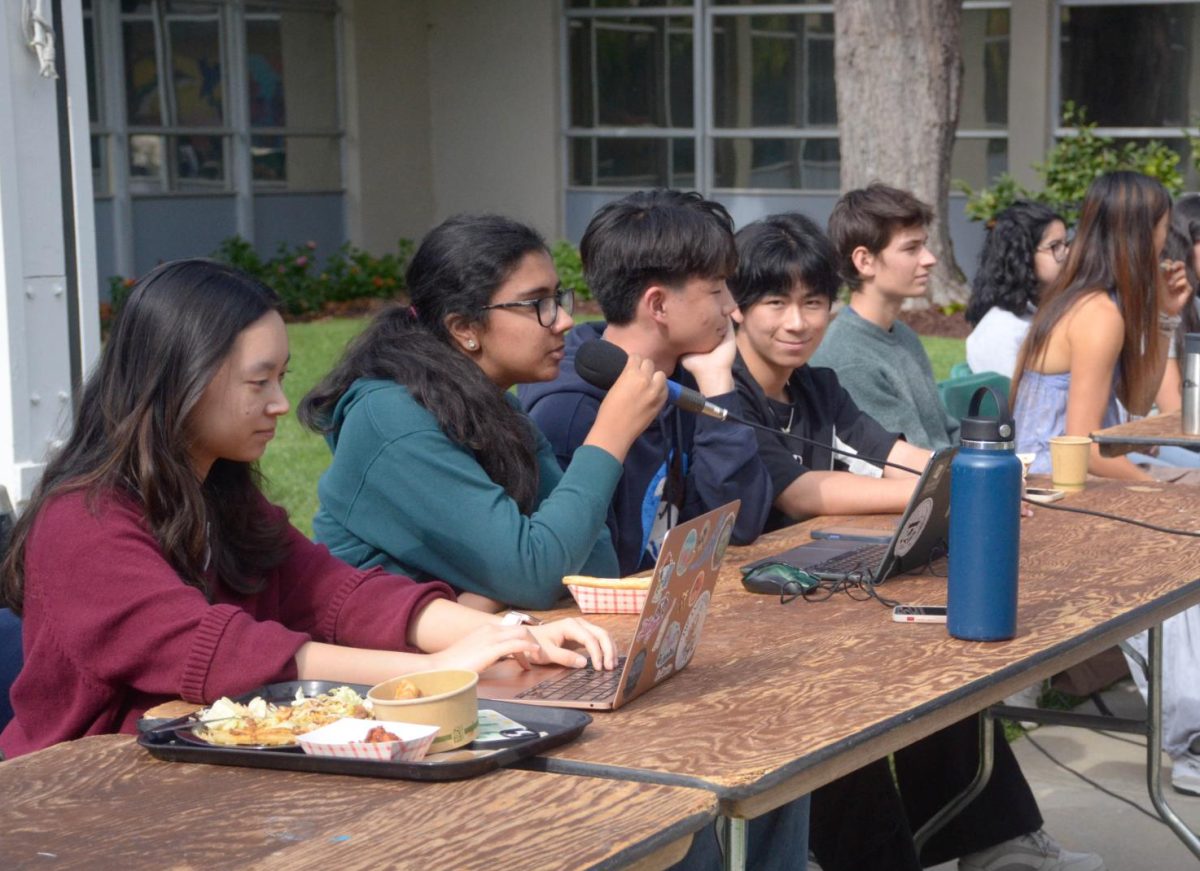
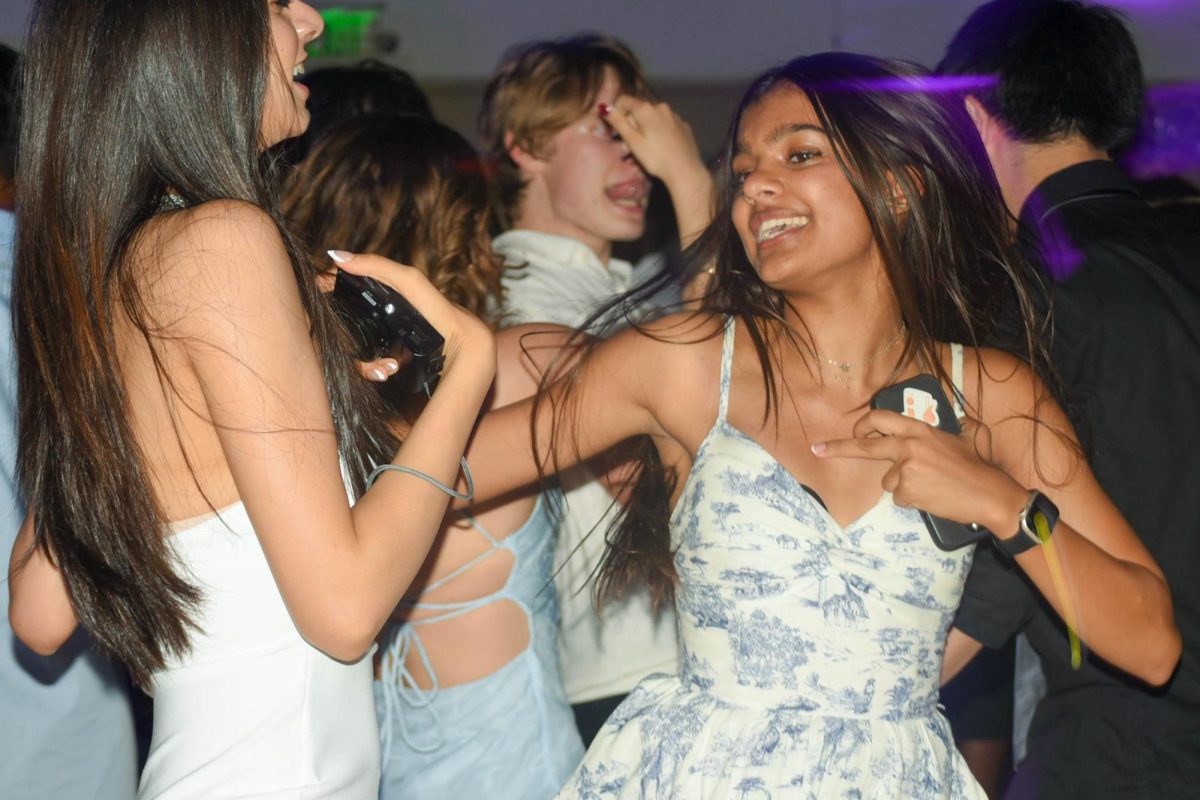
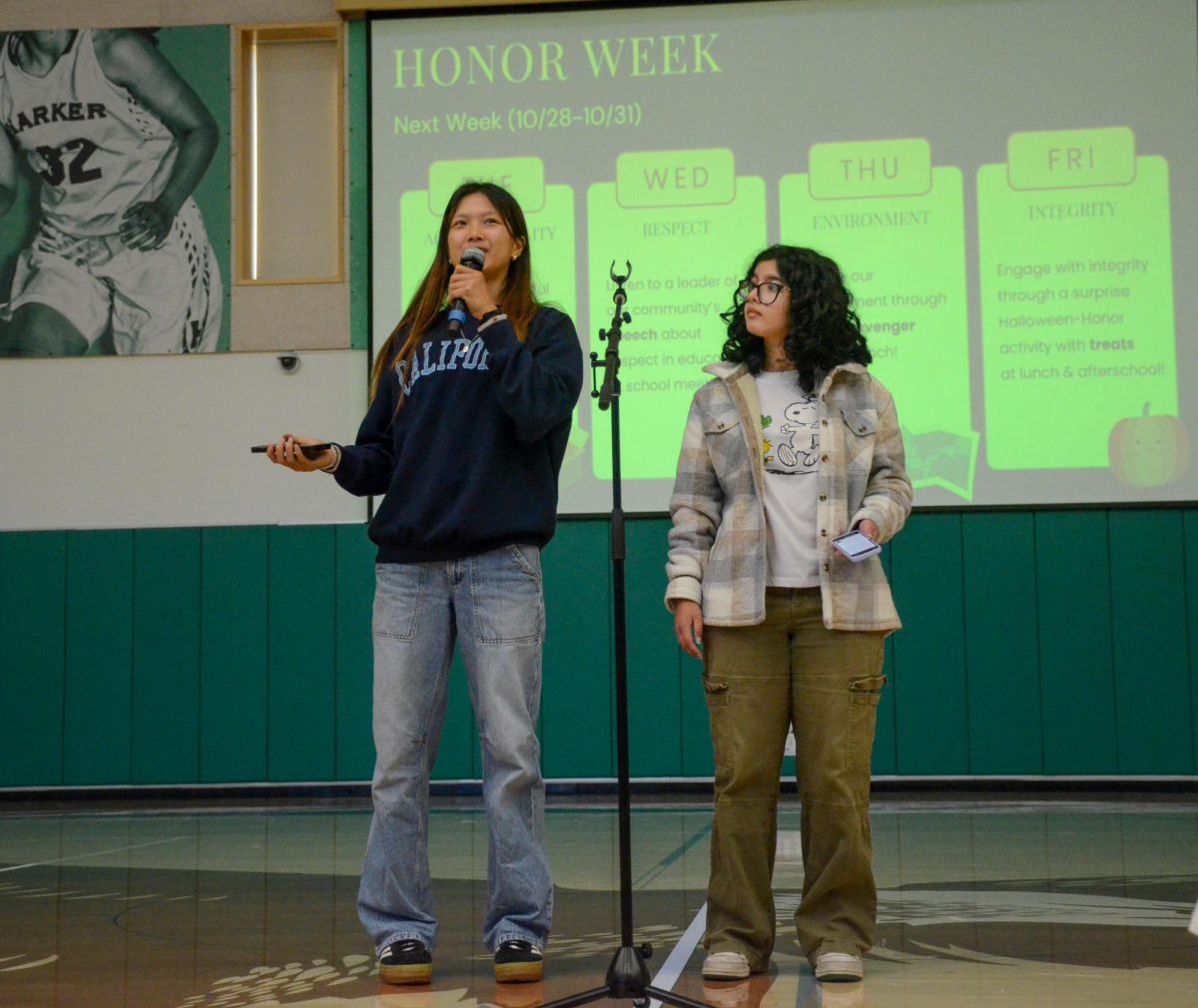
![LALC Vice President of External Affairs Raeanne Li (11) explains the International Phonetic Alphabet to attendees. "We decided to have more fun topics this year instead of just talking about the same things every year so our older members can also [enjoy],” Raeanne said.](https://harkeraquila.com/wp-content/uploads/2025/10/DSC_4627-1200x795.jpg)
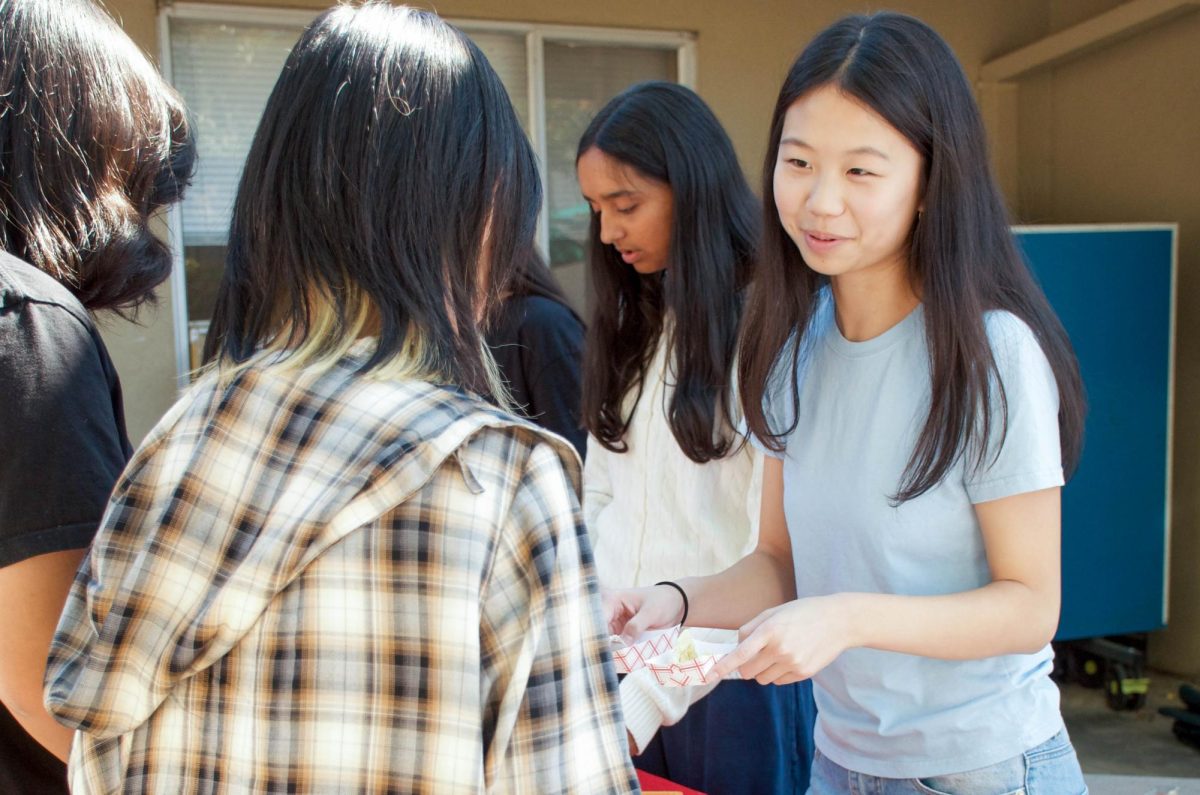

















![“[Building nerf blasters] became this outlet of creativity for me that hasn't been matched by anything else. The process [of] making a build complete to your desire is such a painstakingly difficult process, but I've had to learn from [the skills needed from] soldering to proper painting. There's so many different options for everything, if you think about it, it exists. The best part is [that] if it doesn't exist, you can build it yourself," Ishaan Parate said.](https://harkeraquila.com/wp-content/uploads/2022/08/DSC_8149-900x604.jpg)




![“When I came into high school, I was ready to be a follower. But DECA was a game changer for me. It helped me overcome my fear of public speaking, and it's played such a major role in who I've become today. To be able to successfully lead a chapter of 150 students, an officer team and be one of the upperclassmen I once really admired is something I'm [really] proud of,” Anvitha Tummala ('21) said.](https://harkeraquila.com/wp-content/uploads/2021/07/Screen-Shot-2021-07-25-at-9.50.05-AM-900x594.png)







![“I think getting up in the morning and having a sense of purpose [is exciting]. I think without a certain amount of drive, life is kind of obsolete and mundane, and I think having that every single day is what makes each day unique and kind of makes life exciting,” Neymika Jain (12) said.](https://harkeraquila.com/wp-content/uploads/2017/06/Screen-Shot-2017-06-03-at-4.54.16-PM.png)








![“My slogan is ‘slow feet, don’t eat, and I’m hungry.’ You need to run fast to get where you are–you aren't going to get those championships if you aren't fast,” Angel Cervantes (12) said. “I want to do well in school on my tests and in track and win championships for my team. I live by that, [and] I can do that anywhere: in the classroom or on the field.”](https://harkeraquila.com/wp-content/uploads/2018/06/DSC5146-900x601.jpg)
![“[Volleyball has] taught me how to fall correctly, and another thing it taught is that you don’t have to be the best at something to be good at it. If you just hit the ball in a smart way, then it still scores points and you’re good at it. You could be a background player and still make a much bigger impact on the team than you would think,” Anya Gert (’20) said.](https://harkeraquila.com/wp-content/uploads/2020/06/AnnaGert_JinTuan_HoHPhotoEdited-600x900.jpeg)

![“I'm not nearly there yet, but [my confidence has] definitely been getting better since I was pretty shy and timid coming into Harker my freshman year. I know that there's a lot of people that are really confident in what they do, and I really admire them. Everyone's so driven and that has really pushed me to kind of try to find my own place in high school and be more confident,” Alyssa Huang (’20) said.](https://harkeraquila.com/wp-content/uploads/2020/06/AlyssaHuang_EmilyChen_HoHPhoto-900x749.jpeg)



